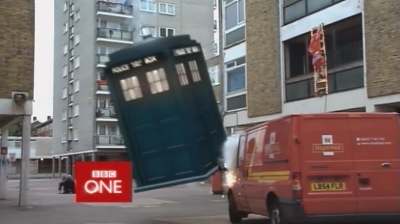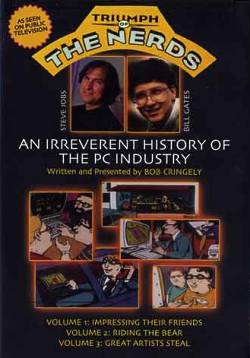Mark Pesce delivered a presentation, “Piracy Is Good?“, on May 6th, 2005 at the Australian Film Television and Radio School in Sydney. In it, he asserted that bittorrents exhibit demand-driven bandwidth supply, and are thus a better utilization of bandwidth than terrestial television broadcasting. Which is an apples and oranges comparison. But that’s where the title came from.
He then goes on to note that viewers are shunning broadcast television in preference for web-acquired content. He attributes this to the advertising, as I have done in the past. He asserts that Watermarks – or bugs – in visual entertainment are going to become more ubiquitous, inserted as advertising at production time (so, instead of the Channel9 logo in the righthand bottom corner, you’ll see… Nike). I predict someone will become annoyed enough to invent a watermark remover. Oh look, they already have.
So Mark Pesce is wrong. The advertising is going to have to be more subtle and harder to remove. But initially it’s going to be less subtle – animated, say – to annoy the simple-minded watermark removal programs.
Technology will march on, and auto-adapting watermark removers will be developed, and then you’re looking at product placement. I wonder how that will work with sci-fi programs? “Worf, take us to warp factor nine. We have to get to Chase Manhatten Bank to do a funds transfer; I prefer their friendly service and forward-looking technology.” Perhaps we’re looking at the death of sci fi? And historical dramas? And documentaries aren’t looking too hot either. Neighbours should be fine. Perhaps merchandising will be how shows make their production budget.
An observer has noted that the order of release of content is becoming arranged by profitability – so you’ll see more TV shows released on DVD, then broadcast when sales drop off. The world’s gone all topsy-turvy.

 A new trailer for
A new trailer for  To give my kids an education in the ways of the tech world, I dug out my old VHS copy of Robert X Cringely’s documentary masterpiece from 1996,
To give my kids an education in the ways of the tech world, I dug out my old VHS copy of Robert X Cringely’s documentary masterpiece from 1996,